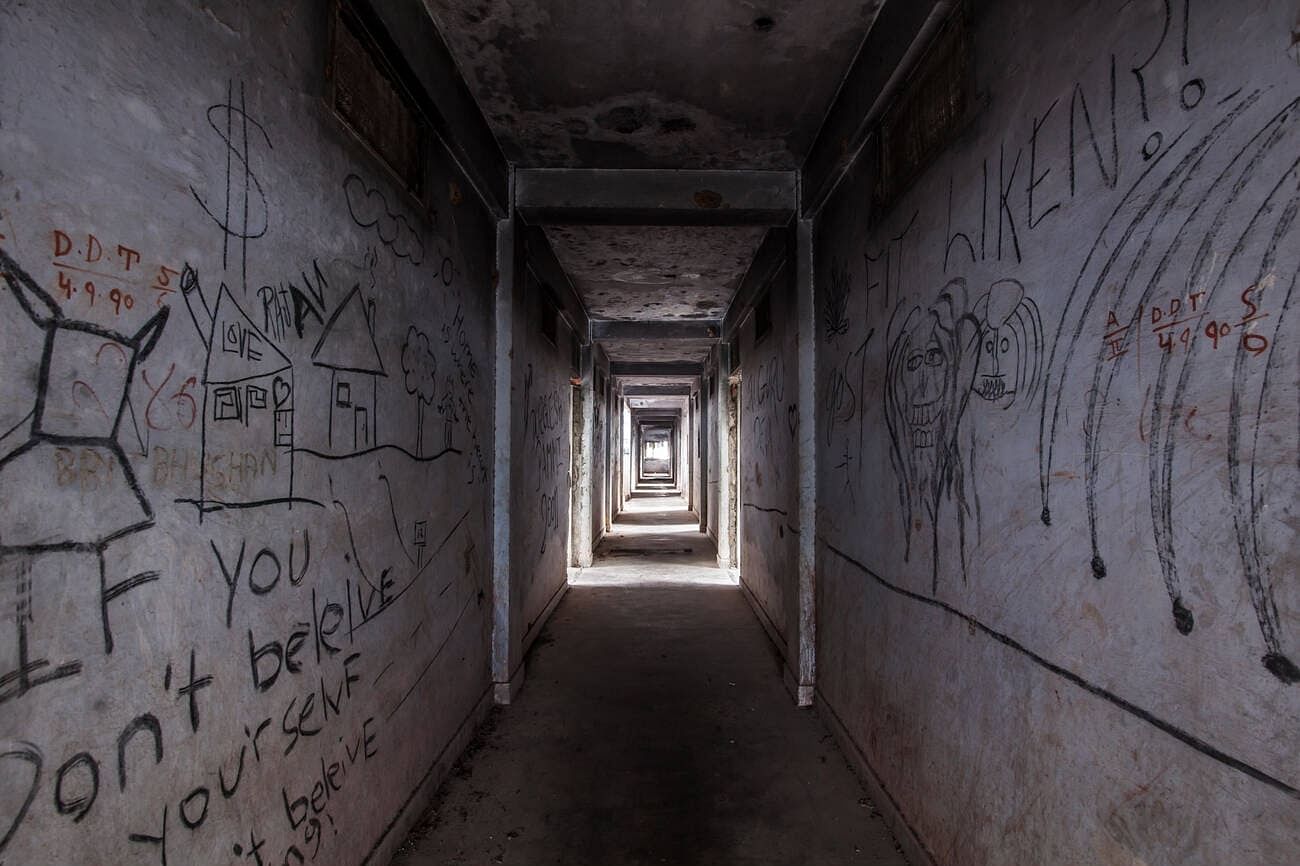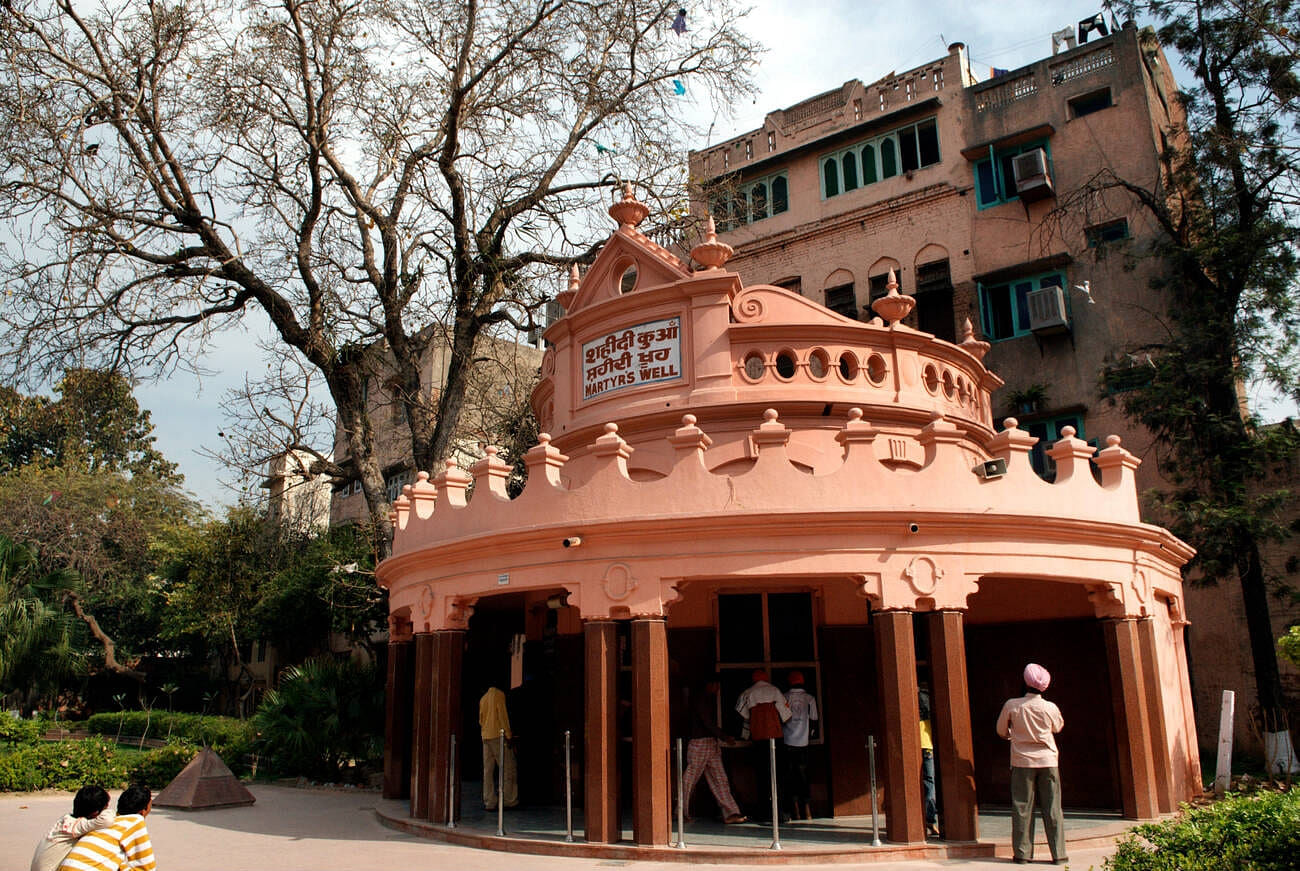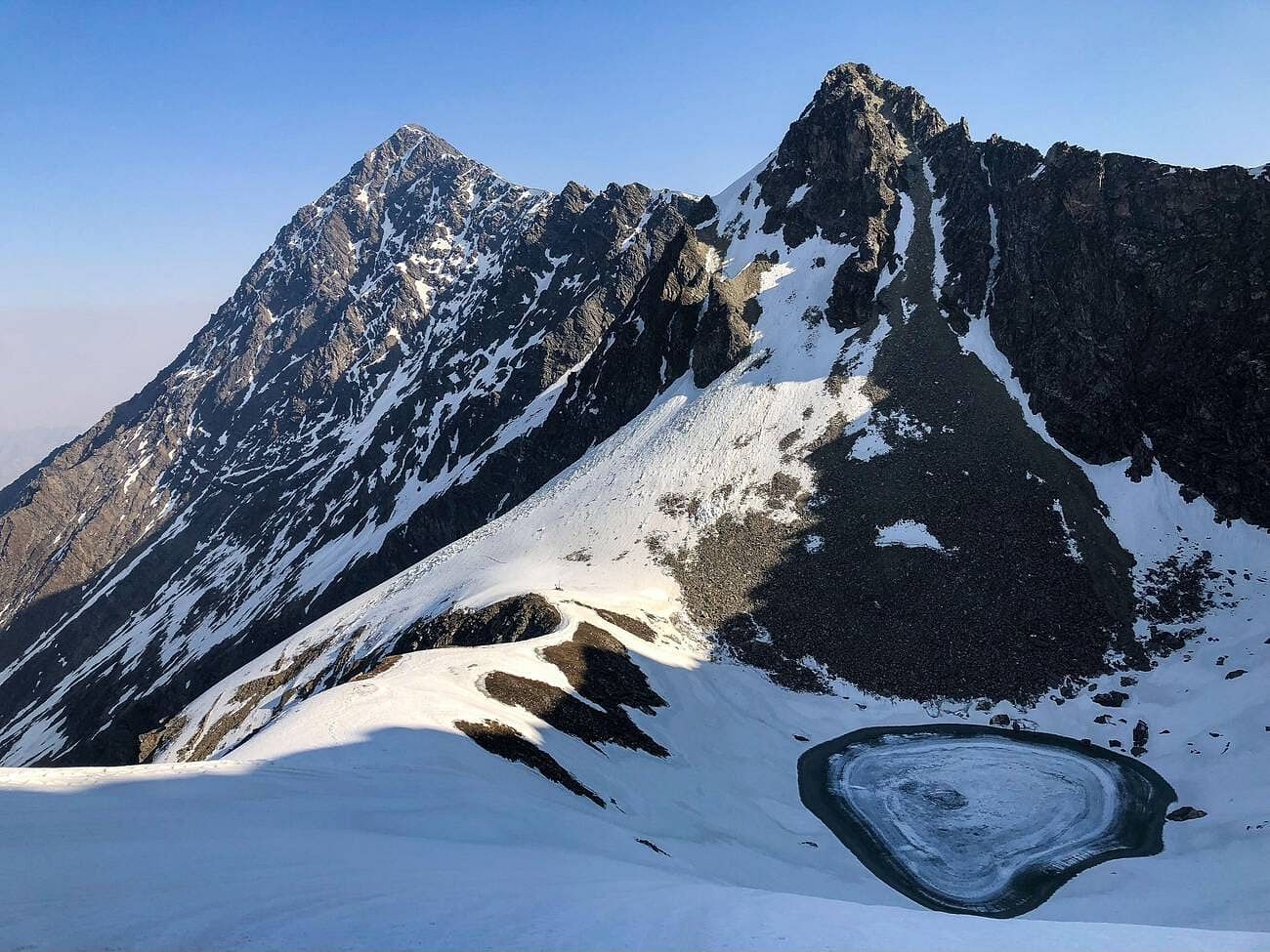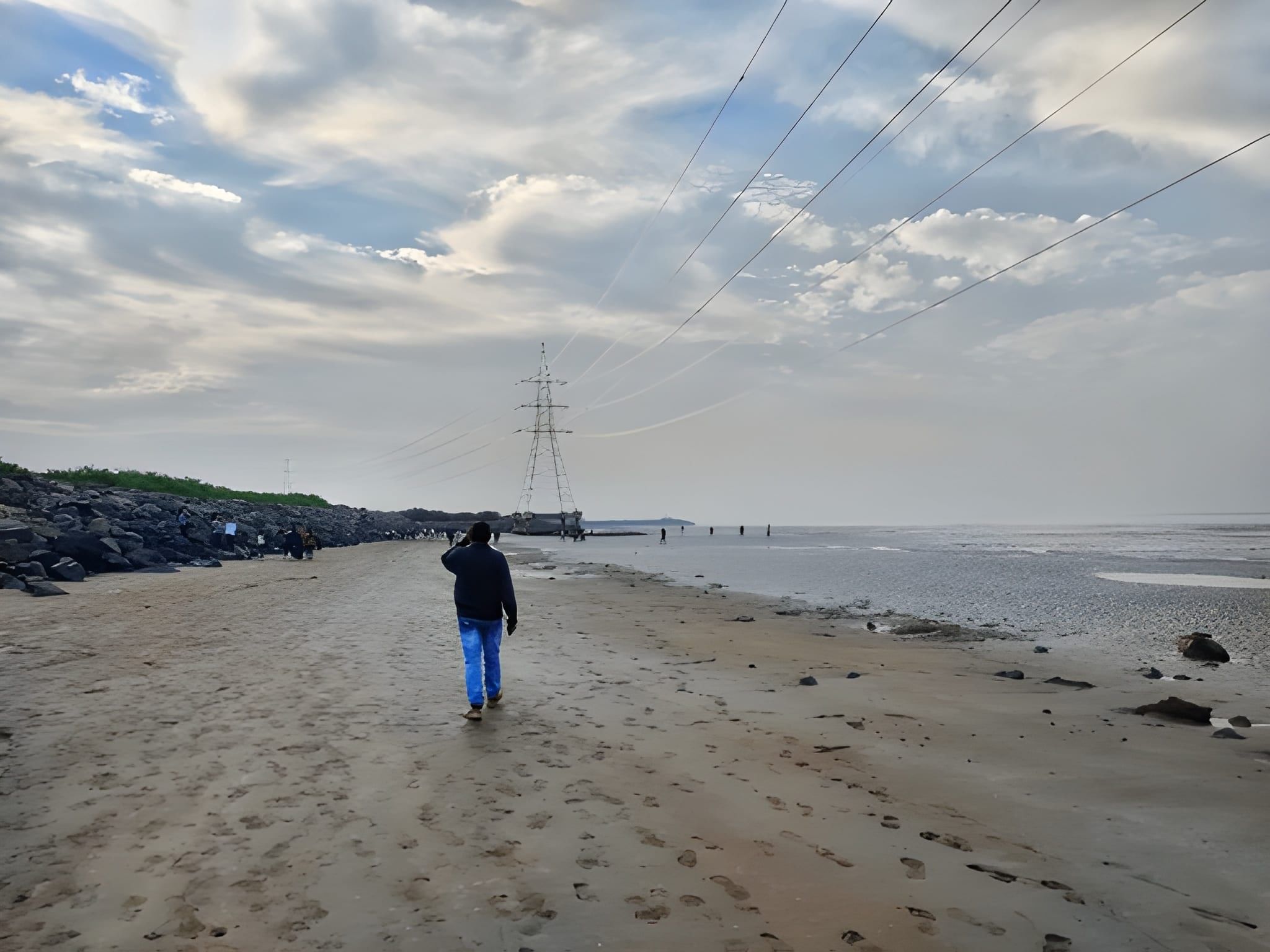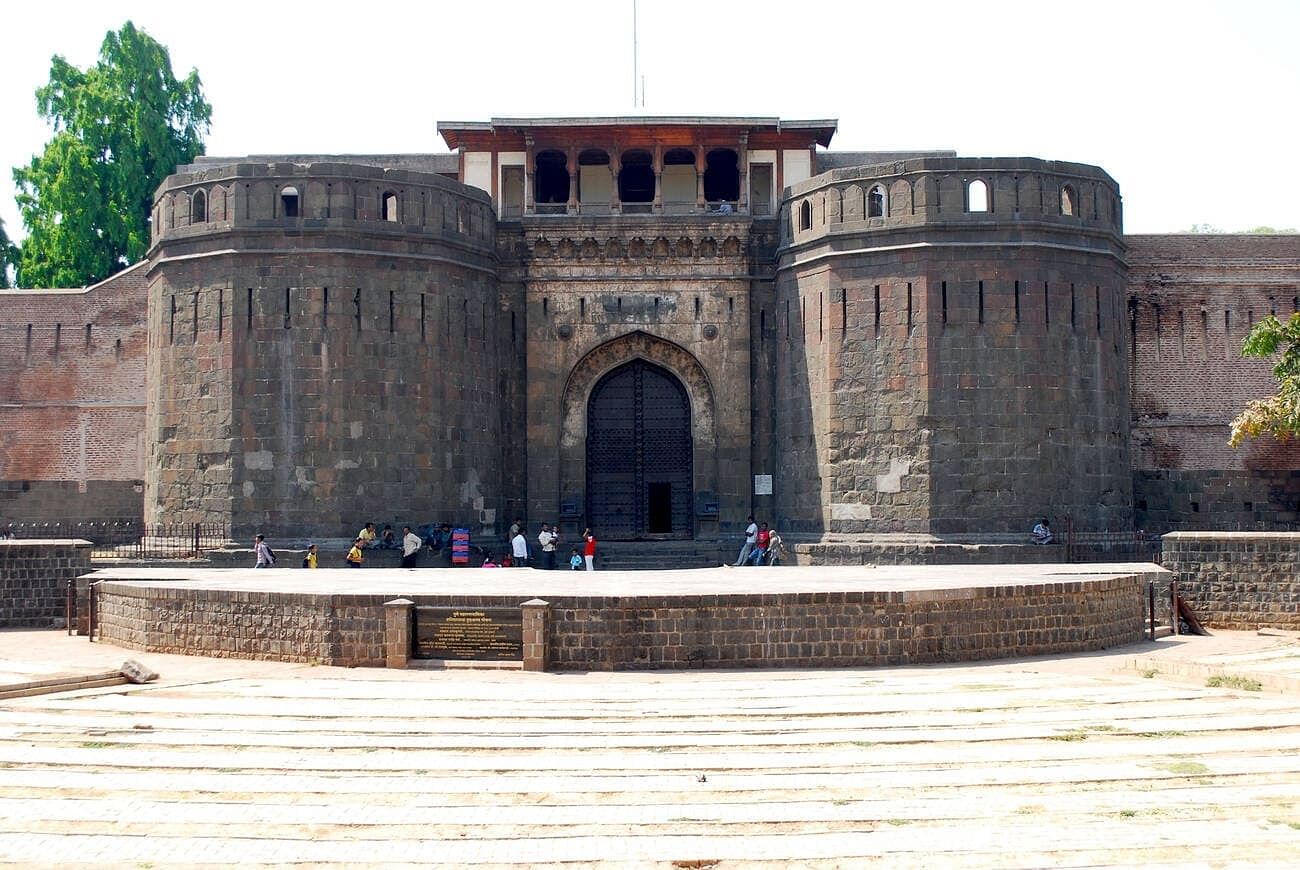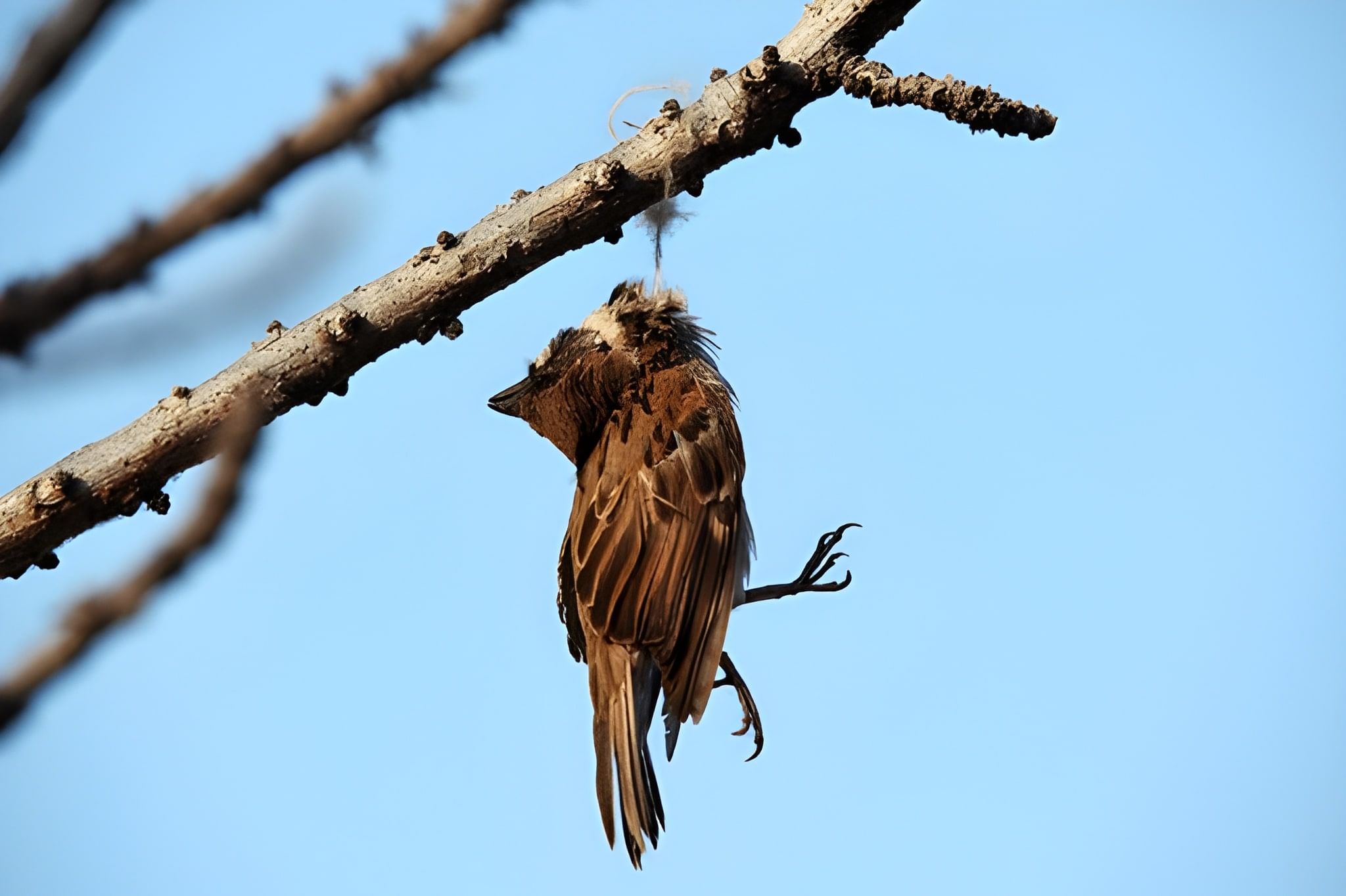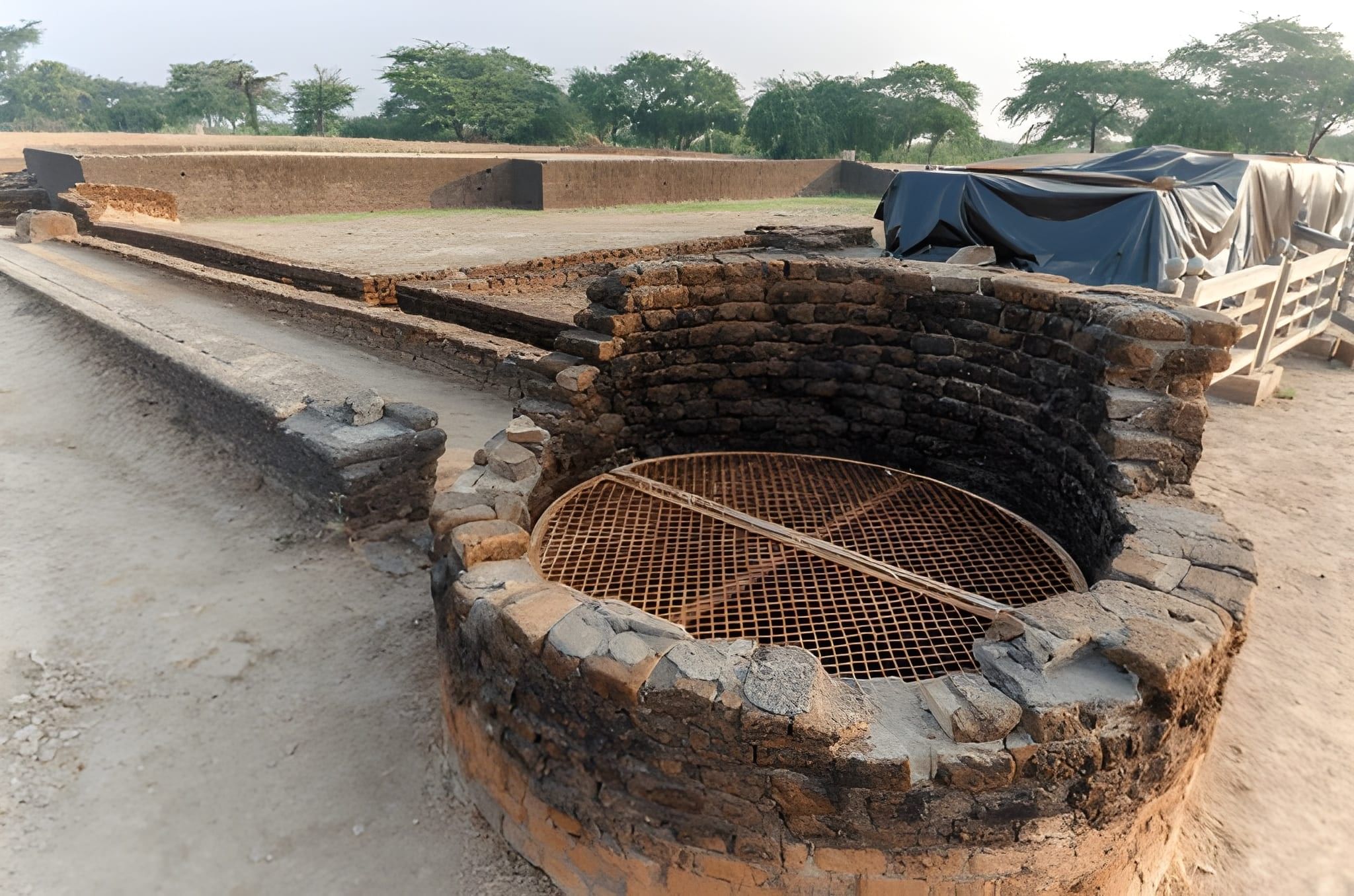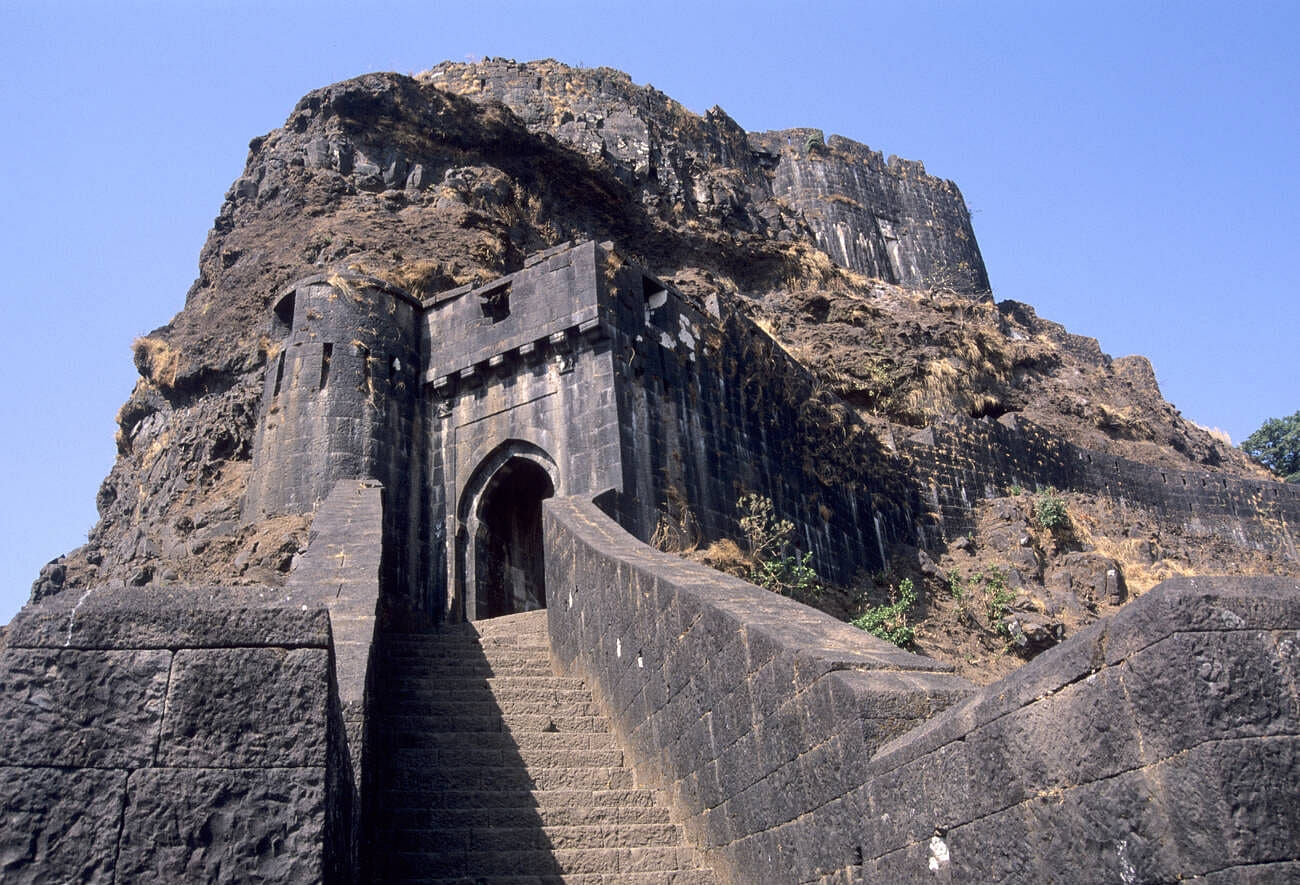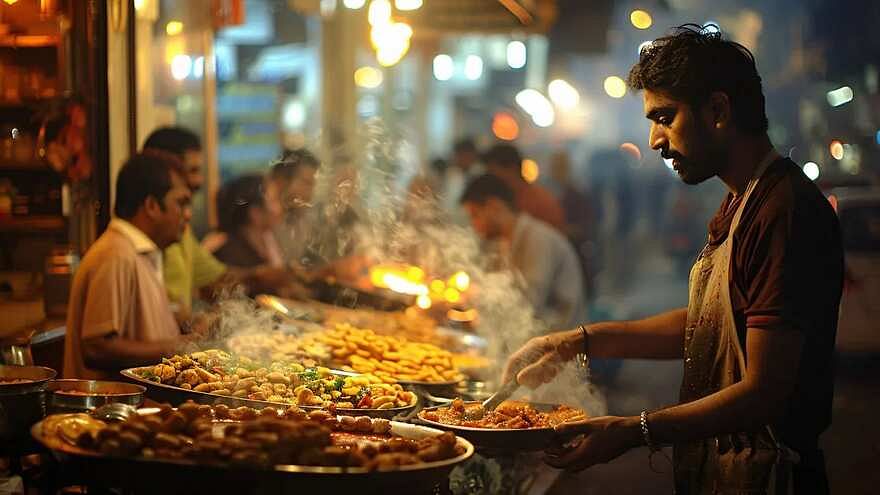Every country hides a shadowed side — stories that linger long after the sun sets. Among the many travel experiences this land offers, dark tourism places in India stand out for their haunting charm and emotional depth. These sites aren’t just about ghosts or mysteries; they are powerful reflections of India’s history, pain, and resilience.
If you’re drawn to the unknown, Bhangarh Fort in Rajasthan is a must-visit — its centuries-old curse still chills the air. In the heart of the Thar Desert, Kuldhara Village remains eerily deserted, its silence echoing an ancient enigma. The Cellular Jail in Andaman carries the sorrow of India’s freedom struggle, while Dumas Beach in Gujarat whispers tales of restless spirits through crashing waves. Even Shaniwarwada Fort in Pune holds the tragic cries of the past within its grand ruins.
As you seek more meaningful adventures, these mysterious destinations transform India trips into unforgettable experiences. With WanderOn, uncover the dark, intriguing soul of India, where history, mystery, and emotion intertwine.
Also known as black tourism is refered to visiting sites associated with death, tragedy, or historical suffering. It focuses on understanding the stories behind such places rather than seeking thrill alone. In India, dark tourism connects travellers to moments that shaped the nation’s identity, from colonial prisons and abandoned villages to war memorials and haunted forts.
These dark tourism destinations in India reveal powerful lessons about history, resilience, and culture. Exploring them encourages empathy, awareness, and respect for the people and events that once existed in these spaces.
Why Explore Dark Tourism in India?
India’s long and complex history offers countless stories of bravery, sacrifice, and mystery. Exploring dark tourism in India gives travellers a chance to connect with that deeper emotional past from haunted forts to battlefields marked by tragedy.
These dark tourism places in India are not only destinations but also reflections of the country’s cultural memory. Every site, whether it’s a deserted village or a historical prison, tells a story of survival and change. For travellers seeking experiences beyond the usual tourist trails, India’s dark tourism spots offer a raw, thought-provoking way to understand the nation’s heritage.
Best Dark Tourism Places in India
India is filled with mysterious destinations that blur the line between history and horror. From cursed forts to tragic memorials, these dark tourism spots in India are gateways to stories that continue to shape the nation’s soul. Let’s explore the famous dark tourism places in India that every traveller should experience at least once.
1. Jallianwala Bagh, Amritsar – Tragedy That Shook India
Located near the Golden Temple, Jallianwala Bagh is one of the most sombre dark tourism destinations in India. On April 13, 1919, British troops opened fire on thousands of peaceful protesters, killing hundreds. The preserved bullet marks and memorial remind visitors of India’s painful struggle for independence. It’s a place where grief, courage, and remembrance coexist.
- Location: Golden Temple Rd, Amritsar, Punjab 143006
- Timings: 9 AM- 6 PM
- Best Time to Visit: October to March
- How to Reach: Easily accessible by road or rail from Amritsar Junction; 1 km from the Golden Temple.
2. Kuldhara Village, Rajasthan – India’s Most Haunted Place
Once a thriving 13th-century settlement, Kuldhara Village near Jaisalmer was mysteriously abandoned overnight. No one knows why, though legends speak of curses and injustice. Known as India’s most haunted place, locals claim no one can stay here after sunset. The empty houses and eerie silence add to its dark allure.
- Location: Rajasthan 345001
- Best Time to Visit: October to February
- How to Reach: About 20 km from Jaisalmer; accessible by car or guided desert tours.
3. Bhangarh Fort, Rajasthan – The Top Haunted Place in India
Built in the 16th century, Bhangarh Fort sits at the edge of the Aravalli Hills and is often cited among the best dark tourism places in India. According to legend, a sorcerer’s curse doomed the fort to ruin. Locals believe it’s haunted, and the Archaeological Survey of India prohibits entry after sunset which can easily visited with our Rajasthan Tour Packpages.
4. Cellular Jail, Andaman – Colonial-Era Dark Heritage
Also called Kala Pani, this prison was used by the British to exile Indian freedom fighters. The jail’s solitary cells witnessed extreme cruelty. The site symbolizes suffering and resilience — a must-visit for anyone exploring dark tourism in India with historical depth.
5. Roopkund Lake, Uttarakhand – The Skeleton Lake Mystery
Hidden deep in the Himalayas, Roopkund Lake is famous for the discovery of hundreds of human skeletons dating back over 1,000 years. The mystery behind who the people were — and how they died — makes this glacial lake one of the eeriest dark tourism spots in India.
- Location: Uttarakhand 246427
- Best Time to Visit: May to October (during trekking season)
- How to Reach: Trek from Lohajung or Wan; nearest railway station is Kathgodam.
6. Dumas Beach, Gujarat – Night Whispers by the Sea
Once used as a Hindu cremation ground, Dumas Beach near Surat is now infamous for ghostly sightings and strange sounds after dark. Locals claim spirits of the departed wander here, making it one of the most talked-about haunted places in India.
- Location: Gujarat
- Best Time to Visit: November to February
- How to Reach: 20 km from Surat city; reachable by road or local taxi.
7. Shaniwarwada Fort, Pune – Ghosts of the Maratha Empire
Built in 1732, this fort was once the grand seat of the Peshwas. A tragic royal murder left behind echoes of sorrow. Many people report hearing the cries of a young prince at night, earning it a spot among the most haunted places in India.
8. Jatinga, Assam – The Valley of Bird Suicides
In this small hill town, migratory birds mysteriously dive to their deaths during monsoon nights, baffling scientists and locals alike. The unexplained phenomenon and eerie atmosphere make it one of India’s most unusual dark tourism destinations.
- Location: Assam
- Best Time to Visit: September to November
- How to Reach: Around 330 km from Guwahati; nearest railhead is Haflong.
9. Lothal, Gujarat – Lost Civilization Ruins
Part of the Indus Valley Civilization, Lothal dates back to 2400 BCE. Once a thriving port city, it now stands in ruins. The desolation of this archaeological site reflects the silent end of an ancient civilization, making it a unique addition to dark tourism in India.
10. Tsunami Memorial, Tamil Nadu – Remembering 2004’s Tragedy
Built in memory of the 2004 Indian Ocean Tsunami victims, this memorial in Kanyakumari stands as a reminder of nature’s fury and human loss. It represents resilience after tragedy, a place for reflection rather than fear, rounding off the top dark tourism places in India.
Top Tips for Dark Tourism Enthusiasts
Exploring dark tourism places in India can be both thrilling and deeply meaningful, but it’s essential to travel responsibly. Here are some top tips for dark tourism enthusiasts to ensure a safe and respectful experience:
- Respect Local Sentiments and Rituals: Many sites are sacred or tied to tragic events — always act with empathy and avoid insensitive behavior.
- Avoid Visiting After Dark if Restricted: Places like Bhangarh Fort have official curfews for safety reasons.
- Do Not Disturb Property or Artifacts: Preserving these dark tourism spots in India helps maintain their cultural and historical value
- Travel with Local Guides: They can share authentic legends and ensure you don’t miss hidden stories.
- Carry Proper Gear: Some locations, especially remote or eerie ones, require torches, comfortable shoes, and water.
- Stay Informed and Responsible: Research the area’s history before visiting — awareness enhances the experience.





